When Fall and Spring Sports Collide, Preventing Injuries Is Our Top Priority!
- Logan Georgeson, DC

- May 17, 2021
- 3 min read

Sports are back in full swing! Many schools and organizations are making up for missed fall sports and moving full steam ahead with spring sports. Young athletes are in a constant state of competition. Without the proper precautions, this could hinder young athletes from staying healthy throughout the entire season. My name is Dr. Logan Georgeson, and I am a sports chiropractor in Sun Prairie. While many things go into an athlete's' ability to perform and stay healthy, I will provide my top two steps for preventing injuries.
1. Rest
We have all heard it before, and it may sound cliché, but the body cannot function at 100% without it. In a COVID-19 free world, young athletes had roughly 2-3 weeks to rest and gear up for their next sport. In today's world, they are finishing one sport and starting practice for the next sport the following day. These young athletes make it seem effortless to transition from one sport to another, but that does not mean their bodies are conditioned to handle it.
Injuries occur when our tissues are not conditioned enough to handle the specific set of demands we are placing on them. No one likes to admit when they need rest, but the more we push ourselves to pure exhaustion, the more our tissues (muscles, ligaments, and tendons) get stressed. Thus, getting a full night’s sleep, hydrating, fueling our bodies with proper nutrition, and utilizing recovery options such as manual therapy methods performed by chiropractors, athletic trainers, and massage/physical therapists is crucial in managing and preventing injuries.

1. Dynamic Warm-ups
Designed to get the body ready for specific demands that are about to be put on it. It is crucial to make sure athletes are performing the proper movements that get their bodies ready to play their specific sports. Warm-ups are designed to sufficiently increase the core and muscle temperature without causing fatigue. The warm-up is as important as doing drills. Think of it this way, the athlete will not be able to perform those drills if they are injured, and not being properly warmed-up can lead to injury.
The warm-up should progress gradually; the more power necessary for the sport, the more important the warm-up becomes. It should last 8-12 minutes and include dynamic movements that focus on addressing the range of motion required by that specific sport. For example, a soccer player could start with straight leg kicks, move to a light jog, then progress to 15-yard sprints. This type of warm-up starts with low impact and gradually ramps up into what game speed would be, without causing fatigue.

The collision of fall and spring sports may be leading to more sports injuries, but it is teaching us the value of rest and dynamic warm-ups. Make sure the body is conditioned to handle the specific demands being put on it, take control of the recovery by setting time aside for rest, hydration, nutrition, and utilize manual therapy from a healthcare professional (chiropractor, athletic trainer, massage/physical therapist). Injuries happen, and they can be unpredictable, but by taking a few precautions, they can be minimized!
As always, please remember that while online information is a great place to start it does not replace a thorough examination and care under the supervision of a trained medical professional. If you’re in pain, looking for answers, and feel like you have tried everything, or want help getting started, contact us, we would love to help! We are here to help you move well, encourage you to move often, and regain your freedom from pain!








Comments